Setting Goals for Your Special Education Classroom in 2025
In today’s blog post I’m helping you to start setting goals for your special education classroom in 2025! With each new year that comes around I like to always think of some goals that I want within my classroom as well. In our field, it’s very easy to sit at the end of each year and think we haven’t achieved much… But we really have! If you’re not tracking it though and keeping notes, you’ll quickly start to potentially find yourself in a rut of not feeling like you’re achieving as much as you want.
As we welcome 2025, (how is it 2025?!) it’s the perfect time to reflect on what worked well in your special education classroom last year and set meaningful goals for the year ahead. Goal-setting is a powerful way to focus your energy, ensure your students’ success, and create a positive, organized environment for everyone within your classroom… And even within your school. Whether you’re new to teaching special education or a seasoned pro, here are some tips and strategies to help you set and achieve goals that will make a difference in your classroom.
1. Reflect on Last Year’s Wins and Challenges
Before you set goals, take time to reflect on the past year. What strategies worked well for your students? Did certain approaches fall short?
- Questions to ask yourself:
- Did my visual schedules and task boxes meet my student needs?
- How effective were my behavior management techniques?
- Were my IEP goals realistic and measurable?
Celebrate your wins, but also acknowledge areas for growth. This will help you create goals that are grounded in your experiences and aligned with your students’ needs.
2. Set SMART Goals
When setting goals, I like to use the SMART method. Goals should be Specific, Measurable, Achievable, Relevant, and Time-bound (SMART).
- One example of a vague goal: “I want to improve communication with parents.”
- One example of a SMART goal: “By March 2025, I will send a bi-weekly email update to parents with progress notes and strategies to use at home.”
SMART goals provide clarity and make it easier to track progress. Break each goal into smaller milestones to keep yourself motivated throughout the year.
3. Prioritize Student-Centered Goals
I used to say that in a special education classroom, every student has unique needs… But I think this is actually getting more and more true in almost classrooms now. So this blog post can definitely work for general education teachers too. Focus your goals on enhancing individual growth while fostering a supportive group environment.
- Examples of student-centered goals:
- Implementing more hands-on sensory activities to meet sensory-seeking students’ needs.
- Introducing a peer-buddy system to promote social interaction among neurodivergent and neurotypical students.
Remember, small changes in your teaching strategies can lead to significant improvements in student engagement and learning outcomes.
4. Organize and Refresh Your Resources
Effective resources are key to achieving your goals. Take time at the beginning of the year to organize your materials and identify any gaps.
- Update your visual schedules, task boxes, and social stories to reflect the needs of your current students.
- Invest in new tools or create DIY sensory activities to align with your classroom goals.
If you’re looking for ready-to-use resources, check out my store for tools designed specifically for special education classrooms!
5. Build in Time for Self-Care
As educators, it’s easy to focus solely on students’ needs and neglect your own well-being. Make it a goal to prioritize self-care in 2025.
- Schedule regular breaks during your day.
- Set boundaries for before and/or after-school hours to maintain work-life balance.
- Engage in mindfulness activities to recharge your energy.
A well-rested teacher is a better teacher, so don’t underestimate the importance of taking care of yourself.
6. Review and Adjust Regularly
Goals shouldn’t be static. Revisit them each month to assess your progress and make adjustments as needed. There’s been years sometimes where I’ve completely flip-flopped a goal to become almost completely different. Celebrate your successes and progress as you go. I love tracking our progress as we go, usually with some form of color-coded graph so we can see how well our goal is going throughout the yea.
It might not be something you first think of, but setting goals for your special education classroom can set the tone for a productive, rewarding year.. And years moving forward. By reflecting on past experiences, creating SMART goals, and focusing on student-centered outcomes, you can make meaningful change in both your own personal growth and your students’ growth too.
Do you have any goals set for the classroom in 2025? Let me know in the comments below.
Helpful Links
You may also be interested in;
If you found this blog post helpful please consider sharing it with your friends and colleagues on social media.
P.S. Have you signed up for my VIP membership yet? If not, head on over and sign up now. You’ll get access to hundreds and hundreds of resources, templates, crafts and more being uploaded every month!
Nikki
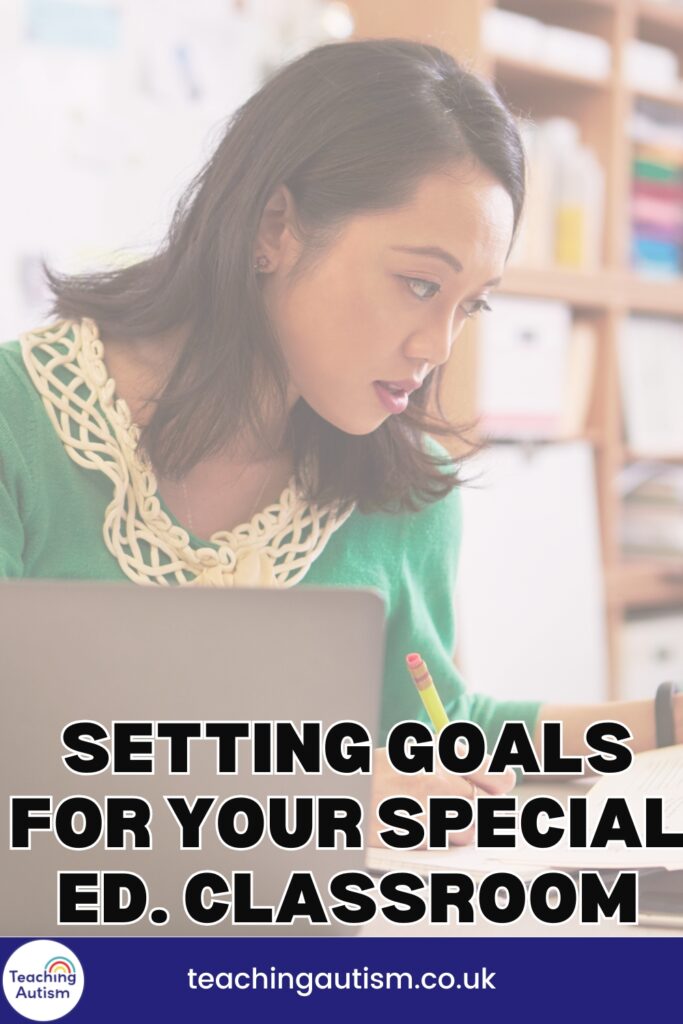
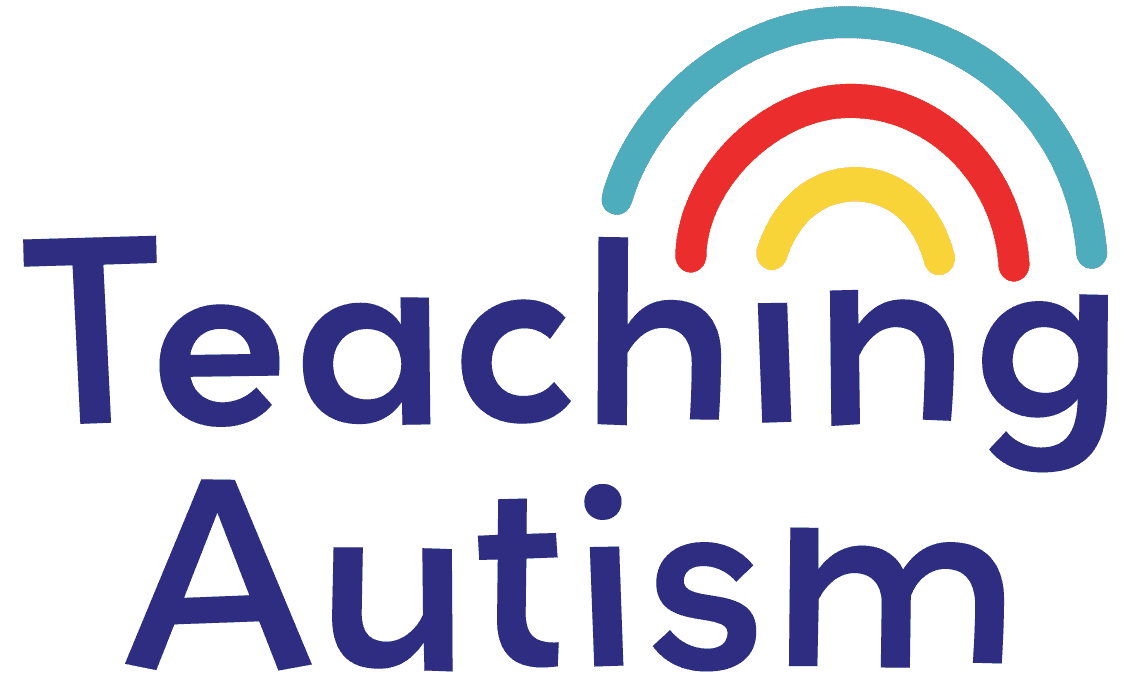

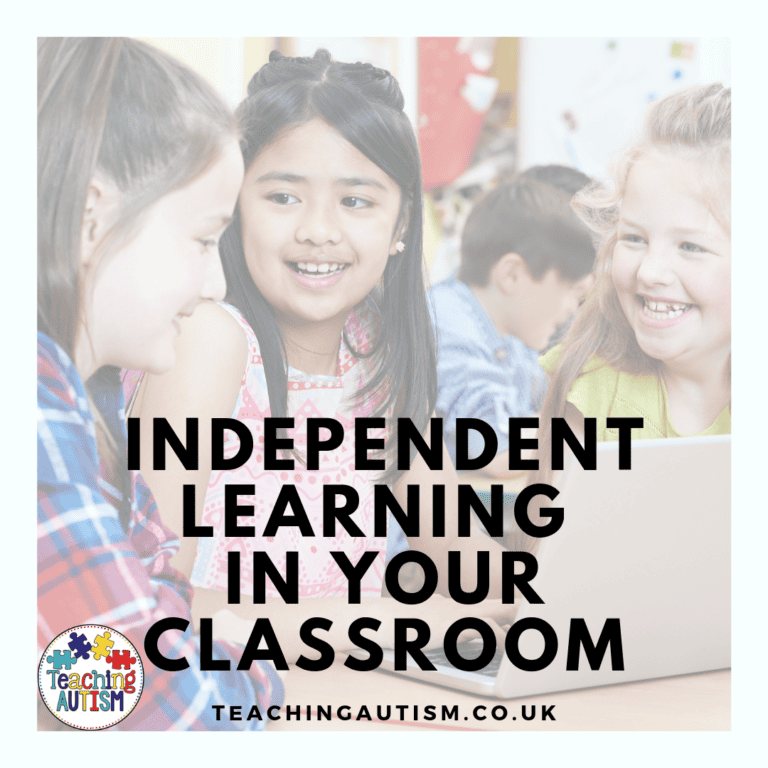
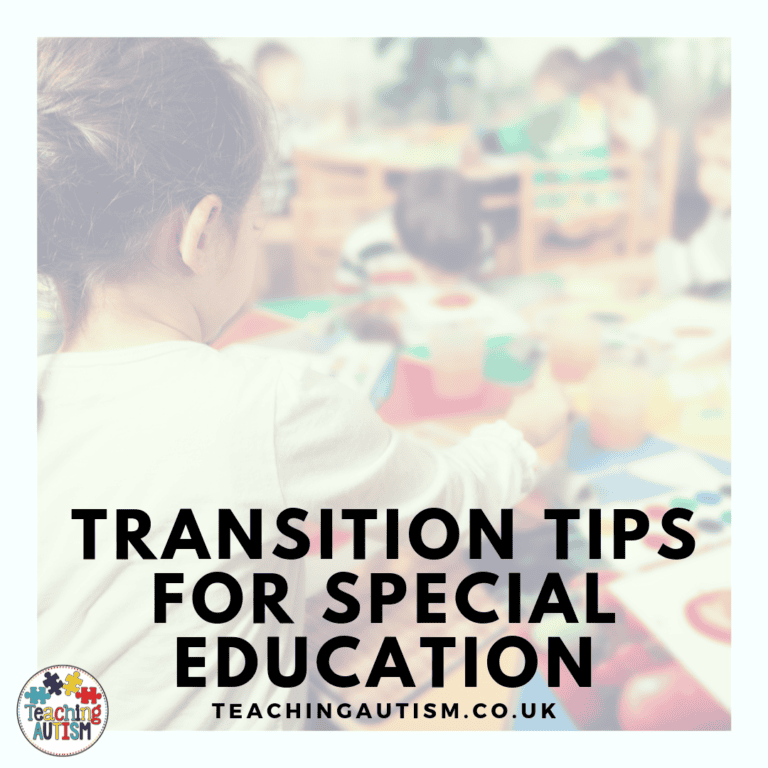
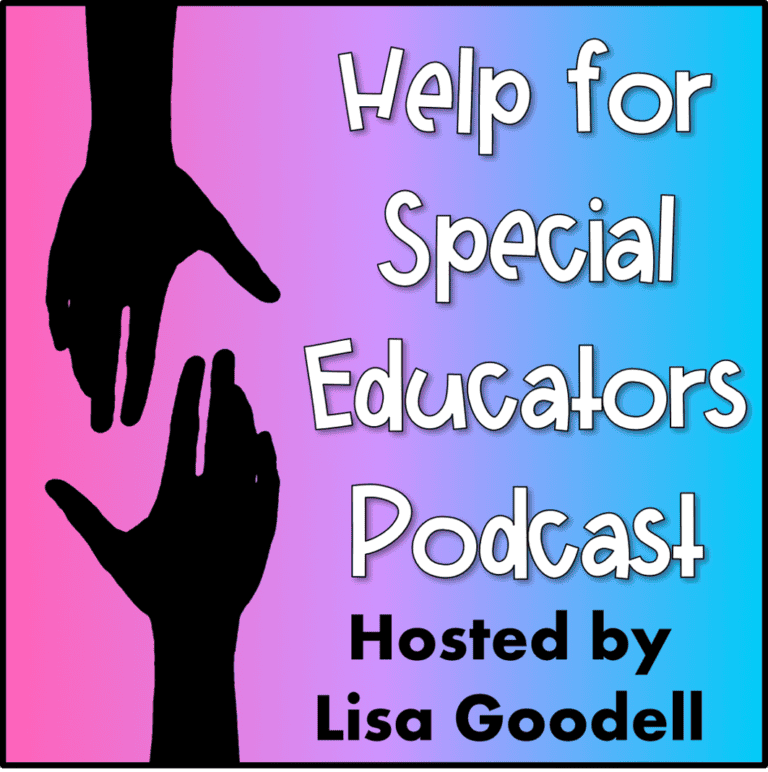
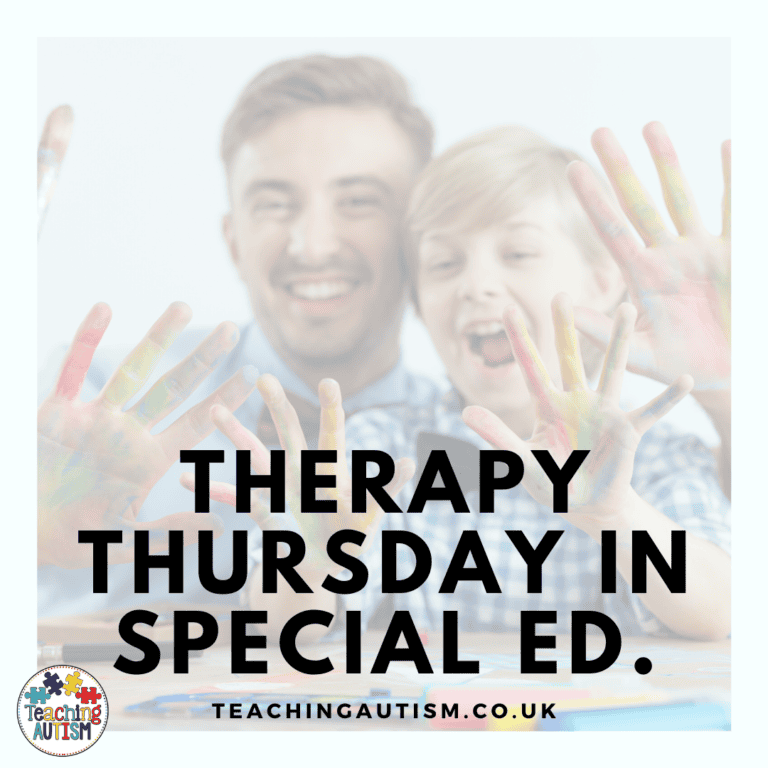


One Comment